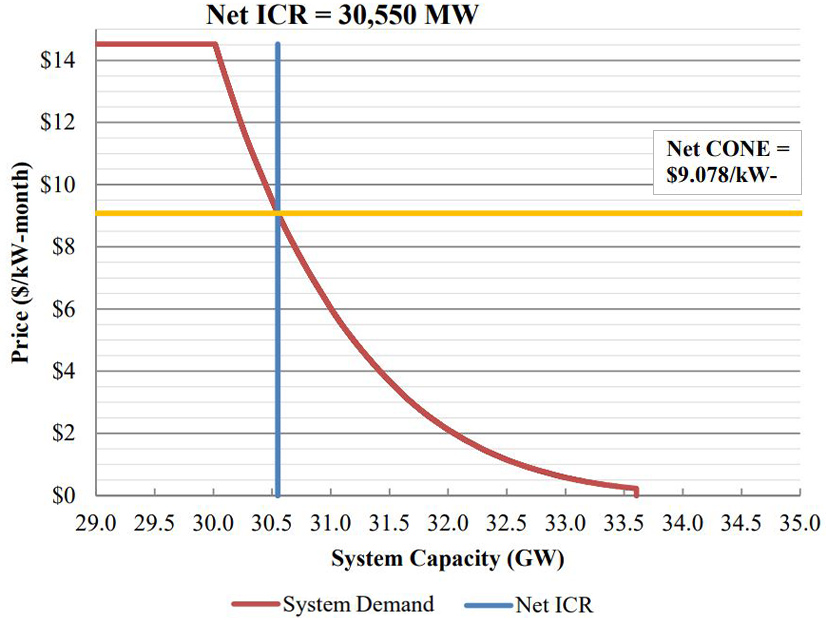Dominion Energy on Feb. 22 reported earnings of $2 billion in 2023 and announced that it has closed on an equity partner for its Coastal Virginia Offshore Wind (CVOW) project.
The utility is selling a 50% noncontrolling interest in CVOW to Stonepeak through the formation of a new public utility subsidiary, under Virginia’s jurisdiction, that will own the project, while Dominion will continue to construct and eventually operate the wind farm on its own.
“The Coastal Virginia Offshore Wind project continues to proceed on time and on budget and consistent with our previously communicated timing and cost expectations,” CEO Robert Blue said. “A competitive partnership process attracted high-quality interest, resulting in a compelling partner for CVOW. Stonepeak is one of the world’s largest infrastructure investors, with more than $61 billion in assets under management and an extensive track record of investment in large and complex energy infrastructure projects, including offshore wind. Their significant financial participation will benefit both our project and our customers.”
The deal includes a number of provisions in which Stonepeak would share in any cost overruns, but Blue told investors on a conference call that he expects Dominion will complete CVOW on time and on budget.
“We’ve been very clear with our team, and with our suppliers and partners, that delivery of an on-budget project is the expectation,” Blue said.
Dominion posted a video highlighting the work it and suppliers have done on the project so far, with some monopiles being delivered to Virginia while construction continues on other components elsewhere, he added.
The company has already invested $3 billion in the project, and it plans to put in another $3 billion before the end of the year. A little more than 92% of the project’s costs are now fixed, and the firm expects its final cost will be $9.8 billion.
Stonepeak will pay Dominion about $2.9 billion once the deal closes to cover its pro rata share of investments so far, but the deal will have it invest about $4.9 billion assuming the cost is on budget. The investment firm could be on the hook for more, but its pro rata share of costs goes down the more costs overrun Dominion’s estimates, while the utility would wind up with a greater share of CVOW if costs are higher than expected.
The deal has to get approval from the Virginia State Corporation Commission (SCC) and the North Carolina Utilities Commission.
“It will be a public utility in Virginia and be entitled to recover its prudently incurred costs of constructing and operating the project under the existing offshore wind rider in Virginia,” Blue said.
While last year Dominion was focused on getting a bill through the legislature that changed how Virginia regulates its business, this legislative session has been slow when it comes to electric power issues, Blue said. One exception was the legislature finally naming two new members to the SCC, which had been short staffed for years. (See Virginia State Corporation Commission Finally Gets All Seats Filled.)
“They have extensive experience in both government and the private sector,” Blue said. “And we look forward to working cooperatively with these well qualified new members.”
Dominion is going to be back before its investors shortly, with an investors day scheduled for March 1, at which it will present a “comprehensive strategic and financial update” and conclude the business review it has been working on for months.

